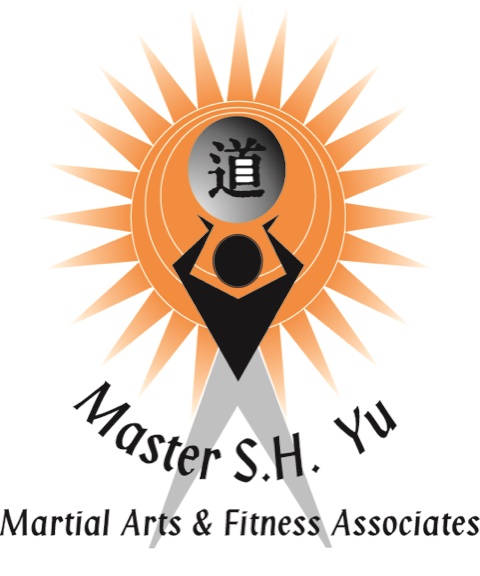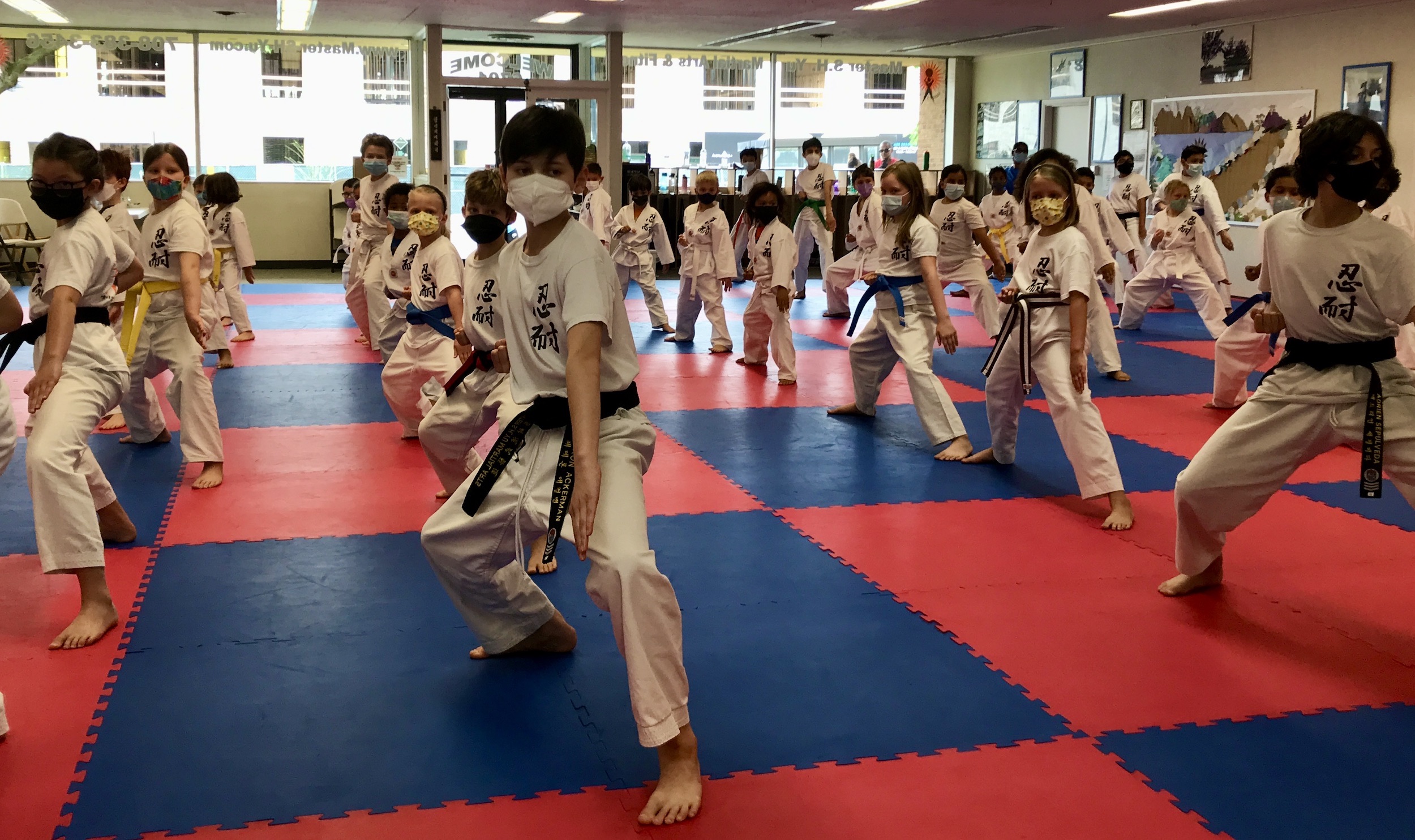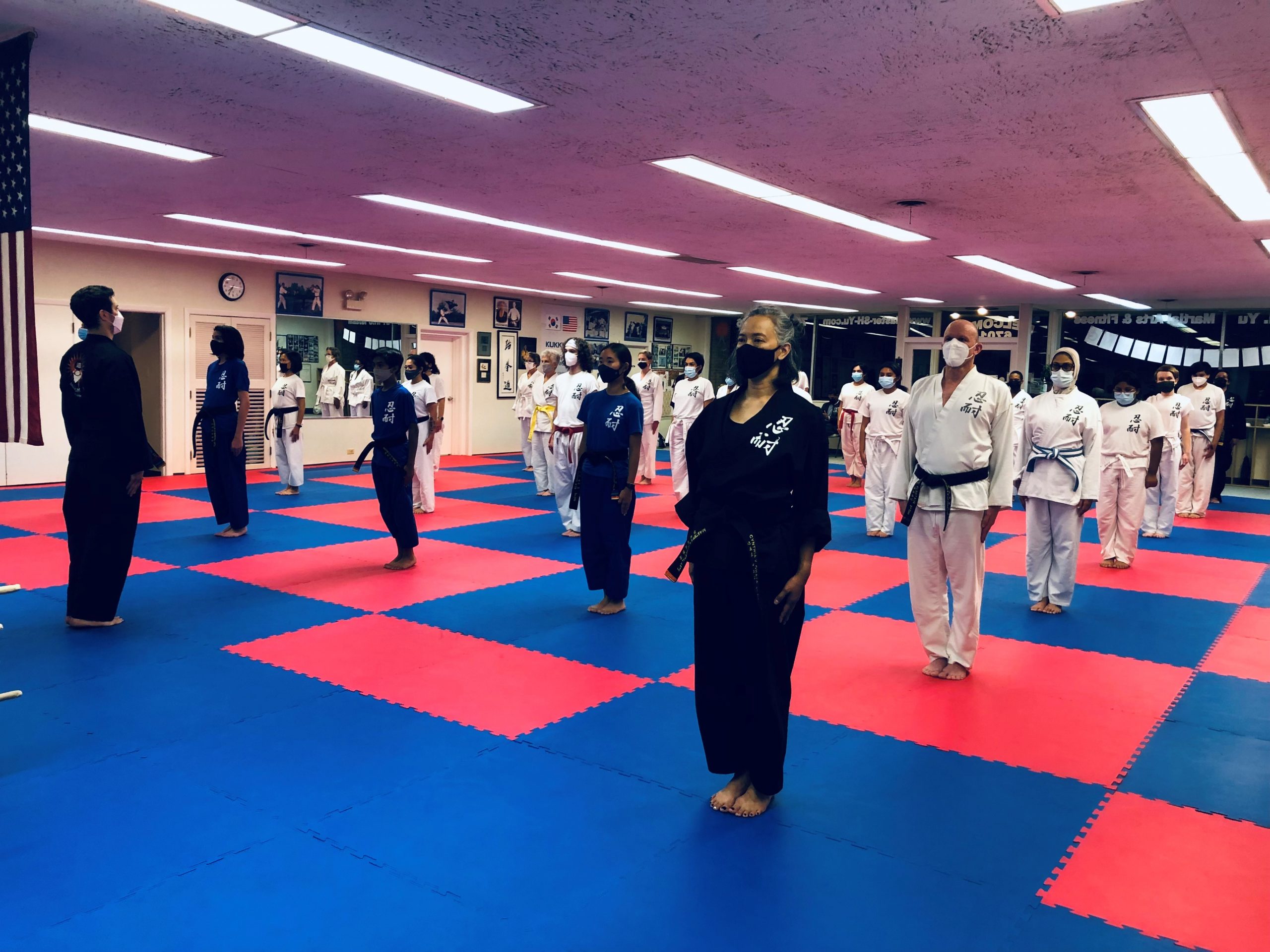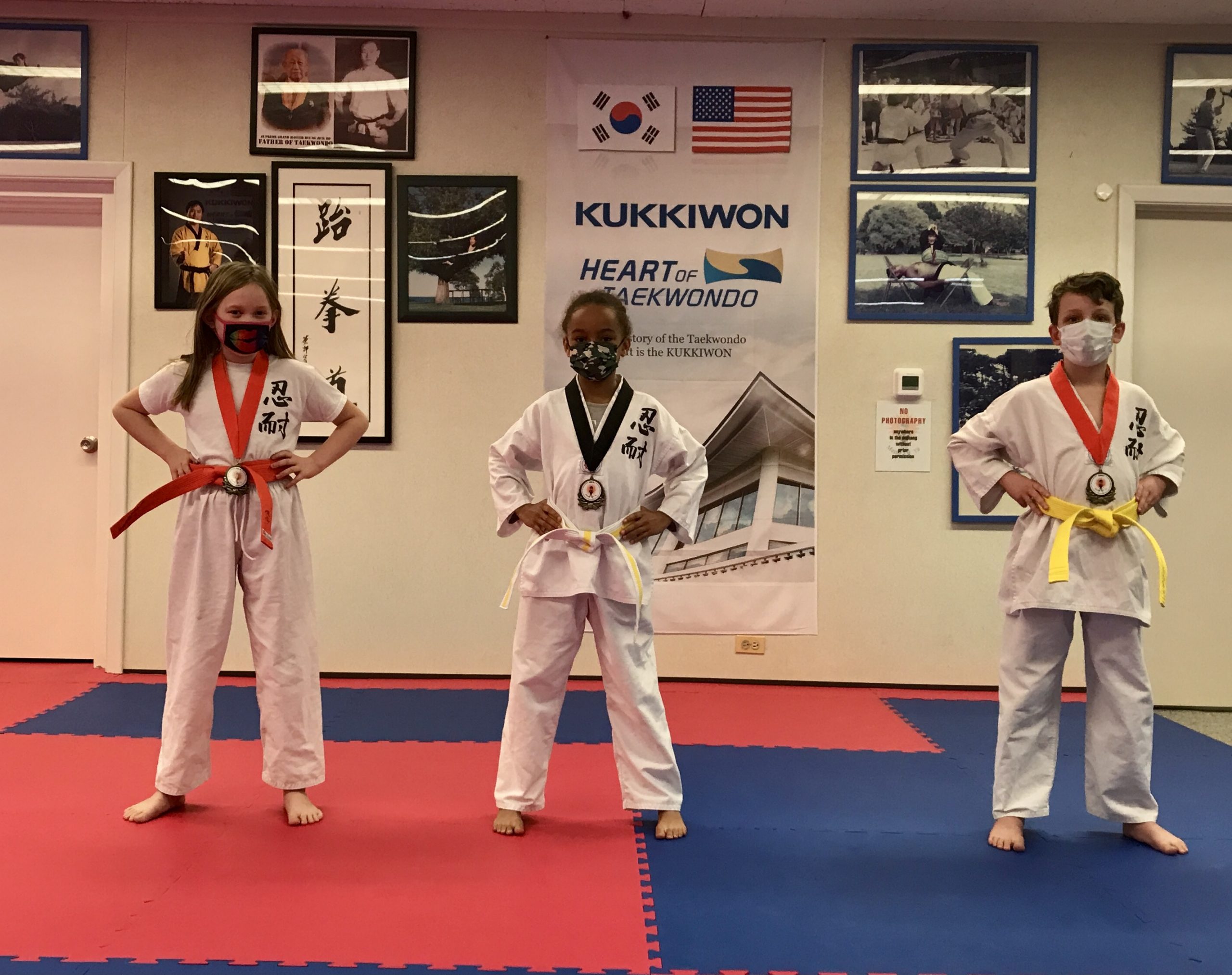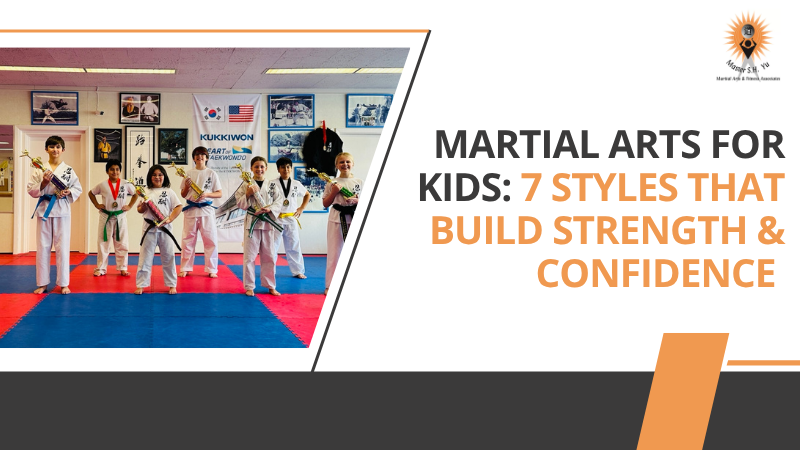
Martial Arts for Kids: 7 Styles That Build Strength & Confidence
Parents looking for enriching extracurricular activities for their children should consider martial arts. Practicing martial arts instills discipline, self-respect, and respect for others, fostering personal growth in children of all ages. From building physical strength and endurance to boosting confidence, martial arts offers benefits that extend far beyond the dojhang.
Rooted in history, dating back 2,000 to 3,000 years in India and Greece, martial arts originally trained military members in combat skills. Today, it has been adapted to support children’s development, helping young practitioners cultivate both physical abilities and emotional resilience that will serve them throughout life.
The Benefits of Martial Arts for Kids
Many parents enroll their children in martial arts classes primarily to learn self-defense, but the benefits of martial arts extend far beyond physical safety. Martial arts provide a well-rounded approach to developing both the mind and body, helping children grow into confident, disciplined, and well-rounded individuals.
- Builds Confidence and Self-Esteem: Martial arts teaches children to set and achieve goals, earn belts through dedication, and overcome challenges. This sense of accomplishment fosters confidence and encourages kids to believe in their abilities both inside and outside the dojhang training center.
- Enhances Focus and Discipline: Structured classes and consistent practice help children improve their attention span, self-control, and ability to follow instructions. These skills often carry over into schoolwork, homework, and everyday responsibilities and self-care.
- Develops Social and Problem-Solving Skills: Martial arts provides a supportive community where kids interact with peers and instructors, learn teamwork, and practice respectful communication. Students also develop critical thinking skills as they analyze movements, anticipate opponents’ actions, and solve problems during drills and sparring.
- Improves Physical Health and Fitness: Regular practice helps children build strength, flexibility, balance, and coordination. Martial arts is an engaging way for kids to stay active, improve cardiovascular health, and maintain a healthy weight while developing lifelong healthy habits.
- Promotes Mental and Emotional Well-being: The mindfulness and focus required in martial arts can reduce stress, improve emotional regulation, and help children handle frustration in constructive ways. Martial arts training encourages perseverance and resilience, teaching kids to face challenges with a positive mindset.
By enrolling your child in martial arts, you’re not just teaching self-defense—you’re providing a foundation for lifelong physical, mental, and emotional growth.
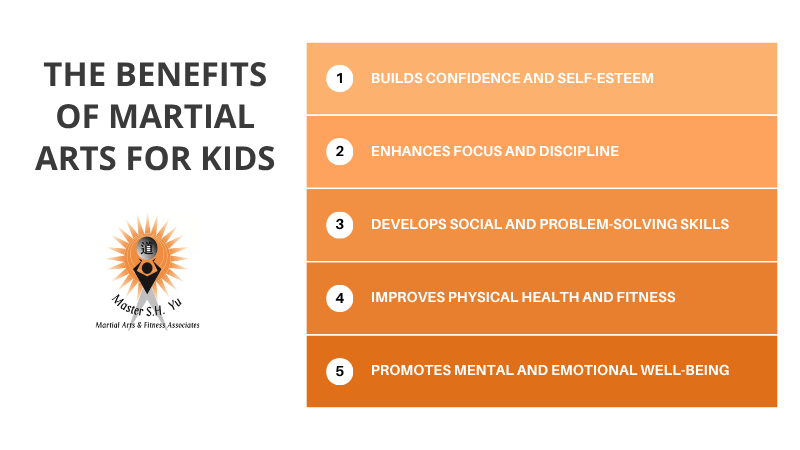
7 Martial Arts Practices for Kids to Build Strength & Confidence
The right martial art for a child depends on various factors. Some children mature at a young age, allowing them to grasp techniques and the concept of discipline. Also consider their interest in the type of martial art, such as creative kung fu or the gentle art of Brazilian Jiu-Jitsu.
1. Taekwondo
Although taekwondo has its roots in ancient Korean martial arts, it was modernized in the 1950s. The name “taekwondo” translates to “the way of the foot and fist,” reflecting its signature focus on dynamic, high-flying kicks. This energetic discipline is ideal for children starting as young as 4 or 5, helping them build agility, coordination, and confidence.
2. Karate
Like with taekwondo, children can begin learning karate as early as age 4. This centuries-old martial art from East Asia has become one of the most popular disciplines for kids today. Beyond teaching kicks, punches, and blocks, karate emphasizes character development, fostering respect, discipline, and confidence in young practitioners.
3. Brazilian Jiu-Jitsu (BJJ)
Originally known as the samurai’s fighting art, Brazilian Jiu-Jitsu was introduced to Brazil in the early 1900s and has since evolved into a widely practiced combat discipline. Focused on grappling and submission techniques, it is especially well-suited for smaller or less aggressive children. Kids can begin training as early as age 6, developing strength, confidence, and strategic thinking along the way.
4. Judo
Traditional jujutsu evolved into modern judo in Japan in 1882. Emphasizing throws and takedowns, judo teaches children effective self-defense while promoting body awareness, balance, and physical strength. Most kids begin learning judo around ages 6 or 7, giving them the foundation to develop and refine their skills over time.
5. Kung Fu
Kung fu, developed in China over 4,000 years ago, began as a system of self-defense and military training before gaining international popularity in the 20th century. Its graceful, almost dance-like movements make it perfect for children who enjoy creative expression. Kung fu classes are often available for kids as young as preschool age, helping them develop coordination, focus, and confidence.
6. Aikido / Hapkido
Aikido, developed in Japan, and Hapkido, from Korea, both teach valuable self-defense techniques while emphasizing mental calmness and non-aggressive conflict resolution. Children can begin learning basic skills as early as age 3, while more advanced techniques are best introduced around age 7, allowing kids to build confidence, focus, and control at their own pace.
7. Kumdo / Gumdo
Kumdo and Gumdo, both known as “the way of the sword,” are distinct Korean martial arts that teach children discipline, focus, and respect. Young practitioners use bamboo or wooden swords under careful supervision, learning proper safety, techniques, and etiquette. Kids can start training in these sword arts as early as age 5, building coordination, confidence, and self-control along the way.
What to Expect in a Martial Arts Class
Martial arts classes for children vary depending on age and developmental stage, but all classes are designed to promote growth, confidence, and physical fitness in a safe, structured environment.
For Younger Children (Ages 4 to 6):
Classes for this age group focus primarily on fun, movement, and basic motor skill development. Activities often include games, simple drills, and basic martial arts techniques that teach coordination, balance, and spatial awareness. Instructors experienced in working with young children create a supportive and engaging atmosphere, encouraging participation and curiosity while gently introducing foundational concepts such as respect, listening, and following directions.
For Elementary-Aged Kids (Ages 7 to 10):
Slightly older children begin to understand classroom structure, rules, and discipline more clearly. At this stage, students can start learning more structured martial arts techniques and combinations. Classes often include drills that develop strength, flexibility, and focus, while sparring exercises are introduced in a controlled environment to reinforce self-discipline, strategy, and safe practice. Kids at this age also benefit from positive reinforcement as they begin to see the results of consistent effort, boosting self-confidence and motivation.
For Older Children (Ages 11 and Up):
Students in this age group engage in more advanced training that incorporates complex techniques, forms (katas), and practical self-defense skills. Classes emphasize goal-setting, perseverance, and personal responsibility, helping kids develop both physical skill and character traits that extend beyond the dojo.
Tips for Encouraging Consistency and Fun
Consistency is key to helping children fully benefit from martial arts training, but it’s equally important that lessons remain enjoyable to keep them engaged over the long term. Here are some tips for parents:
- Establish a Routine: Set regular class times and practice sessions at home to create a predictable schedule. Children thrive on routine, and consistent practice helps reinforce skills while building discipline.
- Set Achievable Goals: Work with instructors to set realistic short-term and long-term goals, such as mastering a specific technique, earning a belt promotion, or improving physical fitness. Clear milestones give children a sense of accomplishment and motivation to continue learning.
- Encourage Positive Reinforcement: Praise effort and progress rather than just outcomes. Acknowledging improvements, no matter how small, builds confidence and encourages a positive attitude toward learning and challenges.
- Make Home Practice Fun: Incorporate martial arts exercises into everyday activities or turn drills into games. Engaging children in fun, hands-on practice reinforces skills learned in class while keeping them excited about training.
- Lead by Example: Parents can model consistency and enthusiasm by showing interest in their child’s training, attending demonstrations, or practicing together. This support reinforces the value of dedication while strengthening the parent-child bond.
By combining structured lessons, supportive guidance, and enjoyable practice, martial arts can become a rewarding and transformative experience for children, teaching them lifelong skills both on and off the mat.
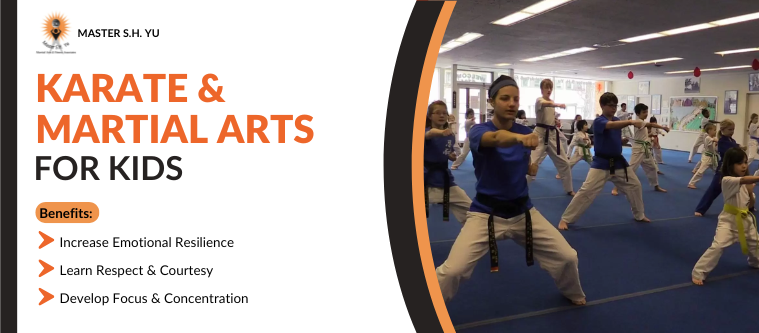
Martial Arts Classes for Kids from Master Yu
Martial arts are an ideal discipline for kids as they build character, develop their physical strength, and increase their confidence while being taught in a fun and structured environment. Whether a child is in preschool or high school, martial arts for kids gives them the life skills to succeed.
When your child shows an interest in the martial arts, provide them with quality instruction. Master SH Yu Martial Arts offers expert instruction to children of all ages. We provide classes for beginner students aged 5 ½ to 12 years and intermediate and advanced lessons for 10- to 14-year-olds.
With an emphasis on safety, a supportive environment, and year-round martial arts classes, our school helps children realize their full potential. Classes led by Sr Grandmaster Yu help them develop not only physical strength but emotional stability and mental acuity.
Give your kids the opportunity to excel by enrolling them at Master SH Yu Martial Arts and instilling in them discipline and invaluable life skills. We are proud to teach kids in the greater Oak Park, Illinois, community. Visit our well-regarded school to learn first-hand about the life-changing martial arts.
FAQs – Martial Arts for Kids
Can kids start martial arts at any age?
Kids can take classes from an early age and begin reaping the lifelong physical and emotional benefits. However, children mature at different rates. Consider their individual development and interests when deciding to enroll them in a children’s martial arts program.
How long before they see progress?
Improvements in kids’ confidence, focus, and discipline can be observed within 3 to 4 months of consistent martial arts training. Good form can be achieved within one year. Advanced milestones, like obtaining a black belt, take several years of continuous training and development.
Are martial arts safe for children?
Proper instruction, safety precautions, and age-appropriate lessons make learning the martial arts safe for children. Injuries, like sprains and bruises, are usually minor. The level of risk, however, varies with the style of martial art. Choose a reputable school with qualified instructors to ensure safety.
